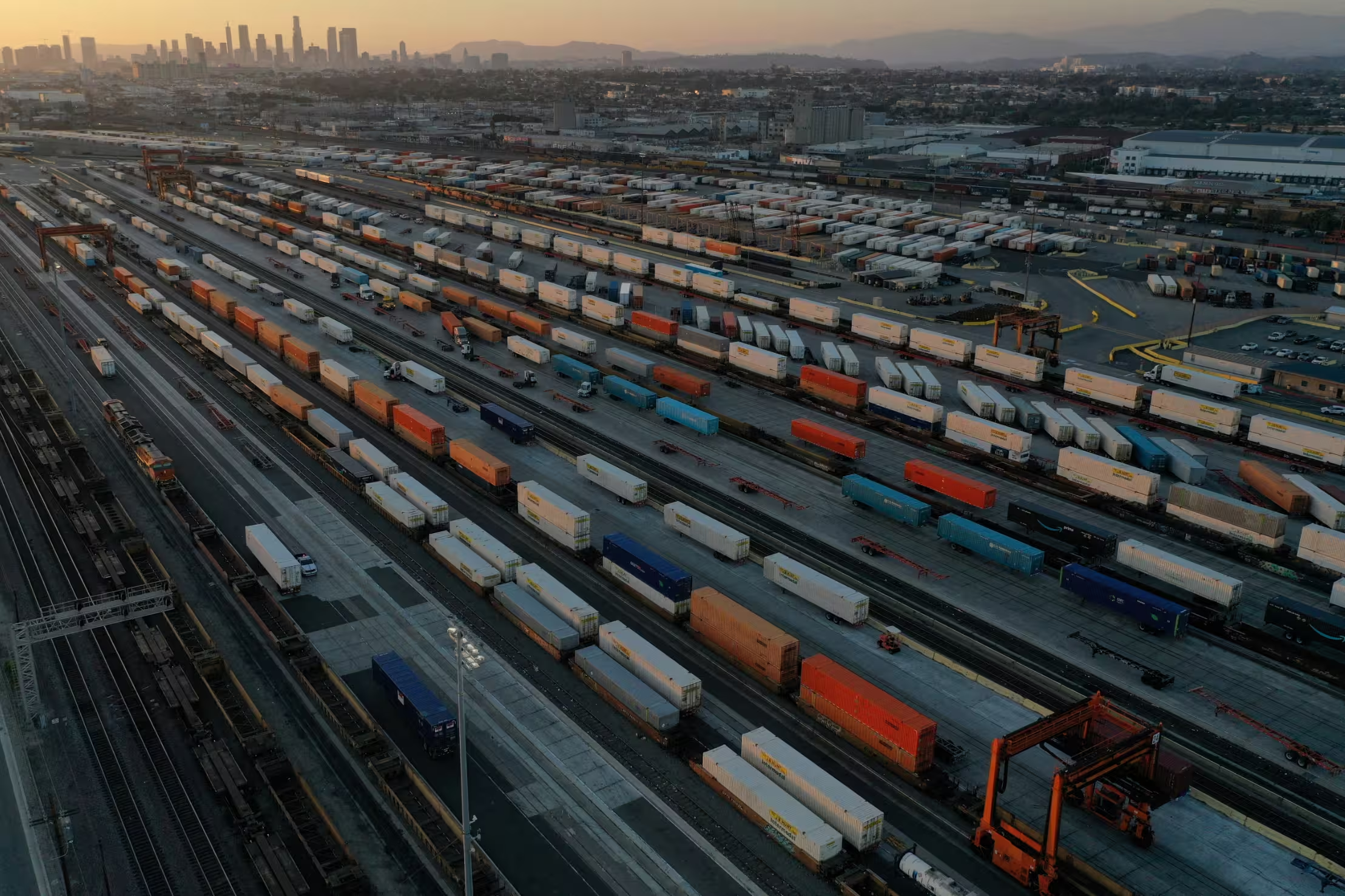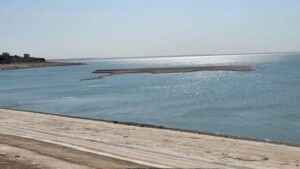China has signed a new cooperation memorandum with Kazakhstan to expand rail freight transport to Europe via the Central Asia corridor, aiming to streamline cross-border logistics and strengthen trade routes, according to Railway Supply.

The deal centers on upgrading railway infrastructure and digitizing logistics processes to facilitate smoother container flows. Both countries also pledged to reduce administrative hurdles at customs checkpoints, with a focus on harmonizing standards and minimizing delays.
Kazakhstan’s strategic location makes it a key player in China’s trade ambitions. In 2024, 15.4mn tonnes of Chinese cargo passed through Kazakhstan—a 22% increase from the previous year, setting a new record.
Officials from both sides emphasized that improving efficiency across transit corridors is essential to attracting more freight and ensuring timely deliveries. Planned infrastructure upgrades and logistical alignment are expected to further bolster Kazakhstan’s role as a central node in Eurasian supply chains.
The new initiative supports China’s broader Belt and Road strategy, which prioritizes the development of overland freight links between Asia and Europe. As maritime routes face growing congestion and geopolitical uncertainty, the China–Central Asia–Europe corridor offers a stable and scalable alternative.
For Kazakhstan, enhanced cooperation with China strengthens its status as a regional logistics hub, potentially unlocking new economic opportunities through increased transit revenues and infrastructure investment.
Looking ahead, China and Kazakhstan aim to increase container throughput, standardize rail operations, and expand capacity at key junctions. These steps are designed to cut transit times and reduce shipping costs across the corridor.




